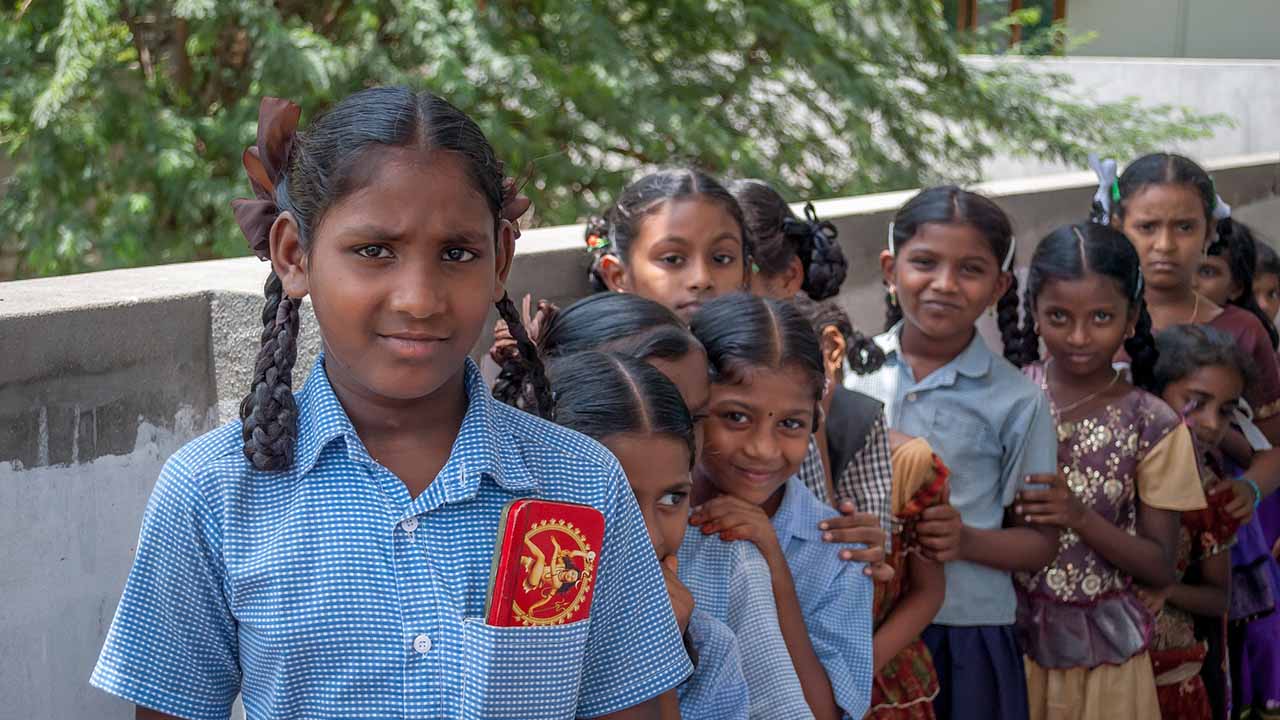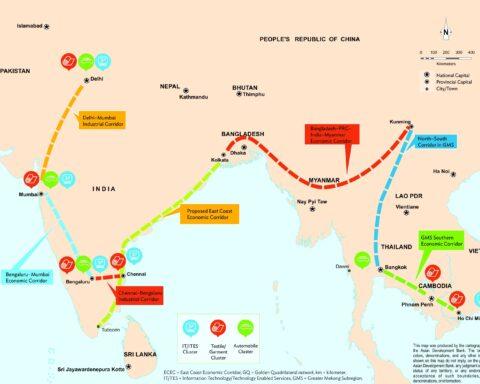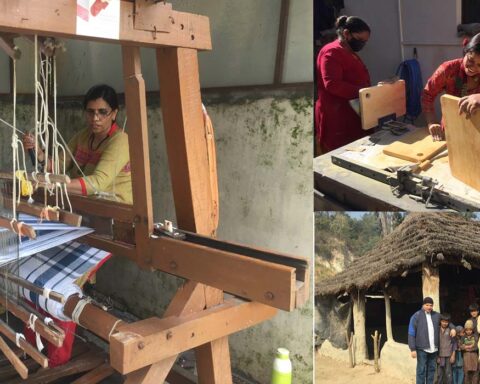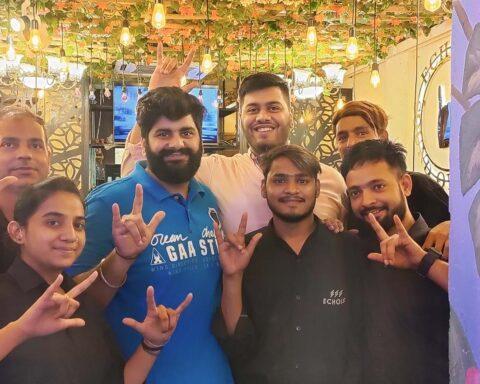Beti Bachao Beti Padhao (BBBP), the Central government’s flagship scheme—where a prime objective was to normalise the skewed Sex Ratio at Birth (SRB)—may have been successful in raising awareness, thanks to liberal spending on media and advocacy, but questions remain on its implementation and achievement.
NITI Aayog has stated in its evaluation report that the scheme has been able to generate significant mass mobilisation to eliminate gender discrimination and undervaluing of the girl child. It added that this project has also developed several good practices and community level initiatives and that awareness about the scheme was also found to be high.
SRB too has improved since the introduction of BBBP, according to the Ministry of Women and Child Development (WCD).
Achievements
Available reports of the Health Management Information System (HMIS) of the Ministry of Health and Family Welfare suggest there has been an “improving trend of 15 points” across India which rose from 918 in 2014-15 to 933 in 2022-23 (the last being provisional data). This was shared by WCD minister Smriti Irani in the Lok Sabha on August 11 while answering a query (Unstarred Question No. 3863) from the BJP MP from Sriganganagar (Rajasthan), Nihal Chand.
However, the figures differed slightly in the reply to the Lok Sabha Unstarred Question No. 1589 on July 28, when DMK MP from Salem (Tamil Nadu), S.R. Parthiban, sought to know about beneficiaries under the scheme.
“Sex Ratio at Birth (SRB) has improved by 34 points from 903 in 2014-15 to 937 in 2022-23. (Source: Health Management Information System (HMIS), Ministry of Health and Family Welfare (MoHFW) (April-March, 2014-15 & provisional 2022-23),” the minister then stated.
Child sex ratio (CSR) is the number of females per 1,000 males in the 0-6 age group. It is calculated on a decadal basis by the Registrar General of India through the census. The last census was conducted in 2011. Thus, an intermediary target—Sex Ratio at Birth—has been set as a parameter for the progress of the BBBP scheme.
The project was launched by Prime Minister Narendra Modi on January 22, 2015. Haryana was chosen for rolling out this scheme meant for improving India’s CSR and promoting gender equality.
And in December 2016, Chief Minister Manohar Lal Khattar announced that Haryana’s SRB had improved to 903—the first time in a decade that it crossed 900.
Since then, Haryana has touched an SRB of 927 in 2020-21. However, it subsequently slid to 920 in 2021-22 and to 918 in 2022-23 (provisional data) according to the Health Management information System.
In the Centre’s reply (Unstarred Question No. 344) in the Lok Sabha on July 21, the decline in SRB was evident in 13 states and Union Territories across the country in the past three years.
Among the states and Union Territories that witnessed a gradual decrease through 2020-21, 2021-22, and 2022-23 (provisional data for the last) are Bihar (SRB of 917, 915, and 895, respectively), Himachal Pradesh (944, 941, and 932), and West Bengal (949, 943, and 932). Even Delhi, which recorded an SRB of 927 in 2020-21, fell to 924 in 2021-22, and 916 (provisional) in 2022-23.
Some of the states and Union Territories that registered growth were Assam (942, 944, 951), Dadra & Nagar Haveli and Daman & Diu (883, 889, 914), and Gujarat (918, 927, 928). Uttar Pradesh (932, 934, 936) and Jammu & Kashmir (933, 940, 950) too recorded a steady climb.
Among those that remained uniform during these years were Rajasthan (946, 946, 946), and Tamil Nadu (948, 947, 947).
Implementation
A parliamentary committee report on empowerment of women, tabled on December 9, 2021, observed in reference to BBBP that out of a total of ₹446.72 crore released under the scheme during 2016-19, a whopping 78.91% was spent only on media advocacy.
“Though the Committee understand the necessity to undertake media campaign to spread the message of BBBP among people, they have felt that it is equally important to balance the objectives of the scheme,” the committee, chaired by BJP MP Heena Vijaykumar Gavit, said in its report.
According to the committee, the government should rather consider spending on advertisements under the BBBP scheme and focus on planned expenditure allocation for sectoral interventions in education and health.
The parliamentary body report mentioned that there was a need for more efficient allocation and release of funds. It pointed out that from the inception of the scheme in 2014-15 up to 2019-20, the total budgetary allocation was ₹848 crore, excluding the pandemic financial year of 2020-21. During this period, an amount of ₹622.48 crore was released to the states.
“However, to the Committee’s dismay, only 25.13% of the funds, i.e. ₹156.46 crore, have been spent by the states reflecting not up to the mark performance of the scheme,” the report noted. The committee has recommended that the WCD ministry immediately take up the issue with states and Union Territories and ensure proper utilisation of BBBP funds.
Funds
In its subsequent report, submitted on August 4 last year, the committee observed that there is “Need for more efficient allocation and release of funds”.
According to the report, out of the ₹622.48 crore released to states, “only 25.13% of the funds, i.e. Rs. 156.46 crore have been spent by the States reflecting not up to the mark performance of the scheme. Even C&AG had made references to the scheme’s implementation and very less spending by States in 2016-17”. (See Table)
It further pointed out: “The Committee also find that despite funds left unspent with the States in a particular year, the Ministry of Women and Child Development has been releasing additional funds. The Committee also find that the nodal Ministry has no disaggregated information on the spending by the States/UTs on education, health and other interventions under BBBP.”
Sharing the details of funds, since the inception of the scheme, the WCD minister told the Rajya Sabha on July 27, 2022, that between financial year (FY) 2014-15 and 2021-22, an amount of ₹401.04 crore was spent on media and advocacy.
This amount was out of the ministry’s total expenditure of ₹740.18 crore for BBBP during the period.
Meanwhile, in terms of actual utilisation of funds for the scheme, in FY 2020-2021, it was less than ₹61 crore. In the subsequent year, the spending was a little over ₹57 crore, according to the WCD department. These figures are against a budget estimate of ₹222 crore.
In conclusion, it may be said that while the campaign, with its aggressive awareness drive, reflected encouraging results with the gender gap at birth steadily closing, the latest trend has undone the gains.
Without a strict monitoring system in place and effective coordination with the states, the desired result may not evolve, however sincere the intention.
Table
In respect of the Beti Bachao Beti Padhao scheme, the details of allocated funds and expenditure as per the 350th report of the Parliamentary Standing Committee on Education, Women, Children, Youth and Sports. This report was presented on March 28, 2023. (All figures is ₹ crore)
| Financial Year | Revised Estimates | Total Expenditure by Ministry |
| 2019-20 | 200 | 85.78 |
| 2020-21 | 100 | 60.57 |
| 2021-22 | 100 | 57.13 |
| 2022-23 | 222 | 40.57 * |
*Provisional. Source: Parliamentary Data

























